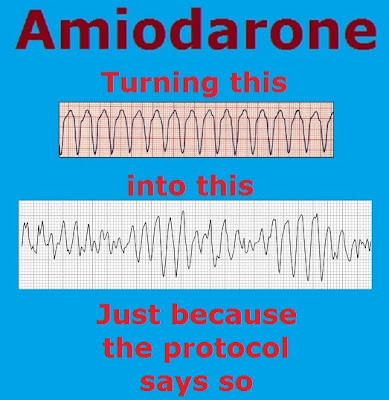Do you want to use a drug that was never based on any good evidence, but only a hunch? Try hydroxychloroquine. The president says, What have you got to lose?
Kitchen sink medicine is a remnant of the Dark Ages, but it has not been eliminated from medicine. It is the argument from ignorance. If you can’t prove that the treatment is harmful, the treatment is wonderful. If you can prove the treatment is harmful, you are part of a conspiracy.
This is further evidence that hydroxychloroquine is harmful. The higher the quality of the evidence about hydroxychloroquine, the worse hydroxychloroquine looks.
Today, Lancet published this study comparing almost 15,000 patients receiving several different experimental treatments with about 80,000 patients not receiving any of the experimental treatments. This should convince reasonable people that there is no justification for treating patients with hydroxychloroquine outside of a well controlled randomized trial.
The comments on articles about the study are full of the usual anti-science, anti-vax, alternative medicine propaganda. Their religion has failed, but they keep preaching.
After controlling for multiple confounding factors (age, sex, race or ethnicity, body-mass index, underlying cardiovascular disease and its risk factors, diabetes, underlying lung disease, smoking, immunosuppressed condition, and baseline disease severity), when compared with mortality in the control group (9·3%), hydroxychloroquine (18·0%; hazard ratio 1·335, 95% CI 1·223–1·457), hydroxychloroquine with a macrolide (23·8%; 1·447, 1·368–1·531), chloroquine (16·4%; 1·365, 1·218–1·531), and chloroquine with a macrolide (22·2%; 1·368, 1·273–1·469) were each independently associated with an increased risk of in-hospital mortality.[1]
The evidence shows that you are twice as likely to die if you receive hydroxychloroquine.
Don’t listen to anti-science, anti-vax, anti-medicine preachers, because they are not interested in your health.
What have you got to lose?
What are you treating, you politics/religion or your health?
If your goal is to treat your religion, go ahead and use the magic elixir and maybe you will not be harmed by it.
If your goal is to treat your health, avoid magic claims about treatments, regardless of the treatment. Use treatments that work in the real world.
What have you got to lose?
You are twice as likely to lose your life. Among survivors, the significant adverse effect rate was much higher in the hydroxychloroquine groups. This is the highest quality research so far and there is no good news for the hydroxychloroquine.
Read the full paper and think for yourself. Don’t listen to those making excuses to promote their agenda. Your health has never been important to those who reject science.
It is unfortunate that we do not have some treatment that works well, but that is not a good reason to bet your life on bad medicine. More people survive with better health with conventional treatment.
Footnotes:
[1] Hydroxychloroquine or chloroquine with or without a macrolide for treatment of COVID-19: a multinational registry analysis Prof Mandeep R Mehra, MD, Sapan S Desai, MD, Prof Frank Ruschitzka, MD, Amit N Patel, MD Lancet. Published:May 22, 2020 DOI:https://doi.org/10.1016/S0140-6736(20)31180-6.











Subscribe to RogueMedic.com